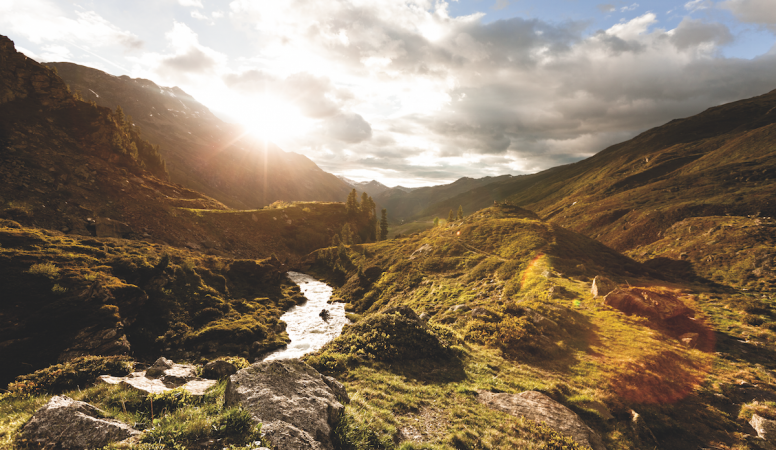JOIN the AFICIONADOS
Get the insider news and lowdown on what we've been up to, where we've been, and who we've met along the way. Be the first to discover new places and get the scoop on our favourites.
Any excuse to head to the Alps is fine with us, and as the Summer makes its exit and passes the seasonal baton to Autumn, there is a natural phenomenon known as the Indian Summer. This is when the landscapes morph into a Pantone colour chart that is beyond spectacular. A show not too dissimilar to that of New England with Fall, but the Alps deliver their particular verse of theatrics casting the mountains in gold, which you have to witness.
Bluebird skies and carpets of burnt orange, peat brown, gold, cardinal reds and all things Autumn dominate the Alps from mid-September to November before the return of snow decks the peaks. Expect warm days up to 20c and cool evenings, the perfecto combo for hiking, cycling, or just making your own path through this dramatic show courtesy of nature.
According to friends Wikipedia, the first references of the term 'An Indian Summer' are dated from 1851 and the phrase in a letter written in England in 1778, but discounted that as a coincidental use. This season that stretches across the northern hemisphere has many names in fact:
"Altweibersommer" (de: "old women's summer"), in Swedish "Brittsommar", in Finland its "intiaanikesä" and in Gaelic, the phenomenon is called "fómhar beag na ngéanna" (little Autumn of the geese), which is our favourite.
There are thousands of trails through the alps and not forgetting the lovely Beskydy Mountains over in the Czech Republic, so head out and explore every mountain in gold before snow-white returns, ready for the ski season.
